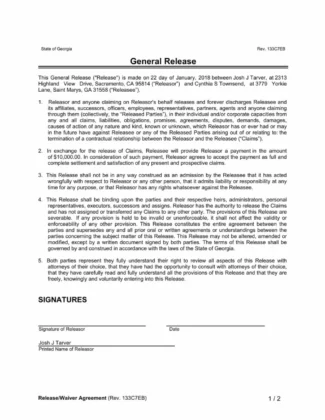
Use our Release of Liability form to create an agreement to waive legal claims if an accident occurs. Select your waiver type to get started.

Updated January 30, 2024
Written by Josh Sainsbury | Reviewed by Brooke Davis
A Release of Liability, also known as a Liability Waiver or Hold Harmless Agreement, is a legal document between two parties – Party A (the Releasor) signs to acknowledge the risks involved in a particular activity or process, thereby agreeing not to hold Party B ( the Releasee ) responsible for any harm or damage that might occur.
You can use a liability waiver to prevent a company or individual from being sued in the event of an accident. This document will protect you in a legal dispute on all civil claims.
It’s a good idea to fill out this document before or after performing activities that could expose you to legal action. It is alternatively used when an accident like a car wreck or property damage has already occurred. Instead of going through an expensive lawsuit, both parties agree to settle the dispute.
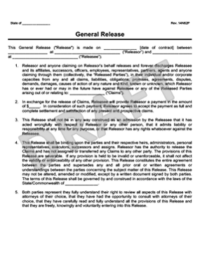
Used when one person is broadly giving up all known and unknown claims against another party.
Basic, but flexible and comprehensive enough to cover broad claims that are filed in the most common dispute cases.
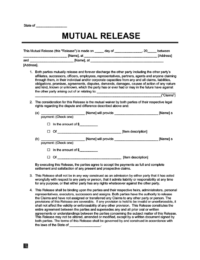
Used when both parties give up all past and future claims against one another.
Instead of getting involved in a long and pricey legal process, use this form to agree to walk away from the contract on their own terms.
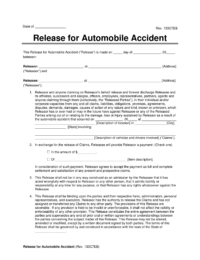
Use this form to agree not to sue one another when involved in a traffic collision, in the case of car accidents.

Used when real property (i.e. land or building) or personal property (i.e. jewelry or movable possession) is harmed and the parties settle the dispute out of court.
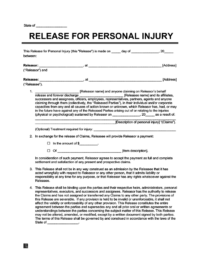
Used for cases of personal injury in which a person is injured or harmed and agrees not to sue in exchange for a certain amount of money or value.
Personal injury can be considered both physical or psychological.
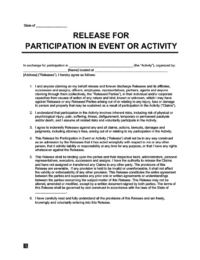
Used by event and entertainment companies that require their customers to give up all future claims against the organizer or owner for personal injuries that may occur.
Sign these forms when participating in activities such as paintball, sports leagues, and other athletic events.
A Release of Liability form is a legal agreement between the Releasor or person promising not to sue and the Releasee or person or company potentially liable.
By signing this waiver form, the Releasor acknowledges that they understand the risks and claims and agrees not to sue the Releasee for past or future injuries or damages.
A simple release of liability form will identify the following essential elements:
This form can document a person’s consent to be photographed, filmed, or recorded in a public event or activity. You can also use a separate Photo Release Form.
A liability waiver can be used when an accident like a car wreck or property damage has occurred. Instead of going through an expensive lawsuit, both parties agree to settle the dispute out of court.
Without a written waiver, everyone faces the possibility of being summoned to court or dragging out a disagreement over who owes what.
Here are just a few of the possible consequences that this form can prevent:
These are some of the most common situations in which you may use a Waiver form:
Yes, a release of liability form is generally enforceable. If the waiver meets the following, it can typically be upheld:
A simple release of liability form should generally address the following basics:
The form can address incidents that have already occurred in the past or may happen in the future, given the inherent riskiness of the activity. It may also include one of these additional provisions:
Depending on your state, you may need a liability waiver when selling your car. When you sell your vehicle until the title and registration is transferred, you are liable for any accidents or injuries caused by the buyer.
Therefore, most states require you to notify them within days after selling your car.
To ensure their liability is waived, residents of California who sell their car must fill out a Notice of Transfer and Release of Liability Form.
The Department of Transportation in Idaho requires residents to fill out a Notice of Release of Liability.
Find out if your state requires a waiver form to sell your car.
a) Provide the name of the state where the event will occur.
b) Provide the date on which this agreement will take effect.
c) Name the person attending/participating in the event (the Releasor). This person is releasing the owner or event organizer from liability by promising not to sue or take legal action.
And name the person who is at risk of being sued (the Releasee), such as an owner or organizer of an event.
d) Describe the event where Releasor and Releasee waive future rights to sue each other.
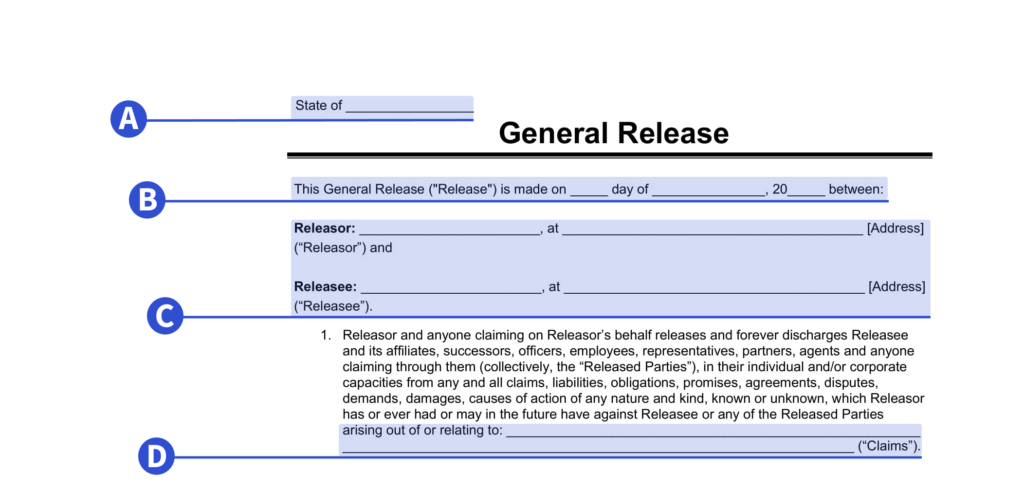
Provide the amount of money, promised (in)action, or something of legal value given to the Releasor by the Releasee to sign the document. Money is often offered as a consideration, while other goods and services can also be offered.

Name the state in which this contract will apply. Usually, it will be the state where both parties reside.

Name any witness to the execution of this Release and have s/he sign here. It is optional to include the signature of a third person (witness or notary) who acknowledges both parties indeed signed the form.
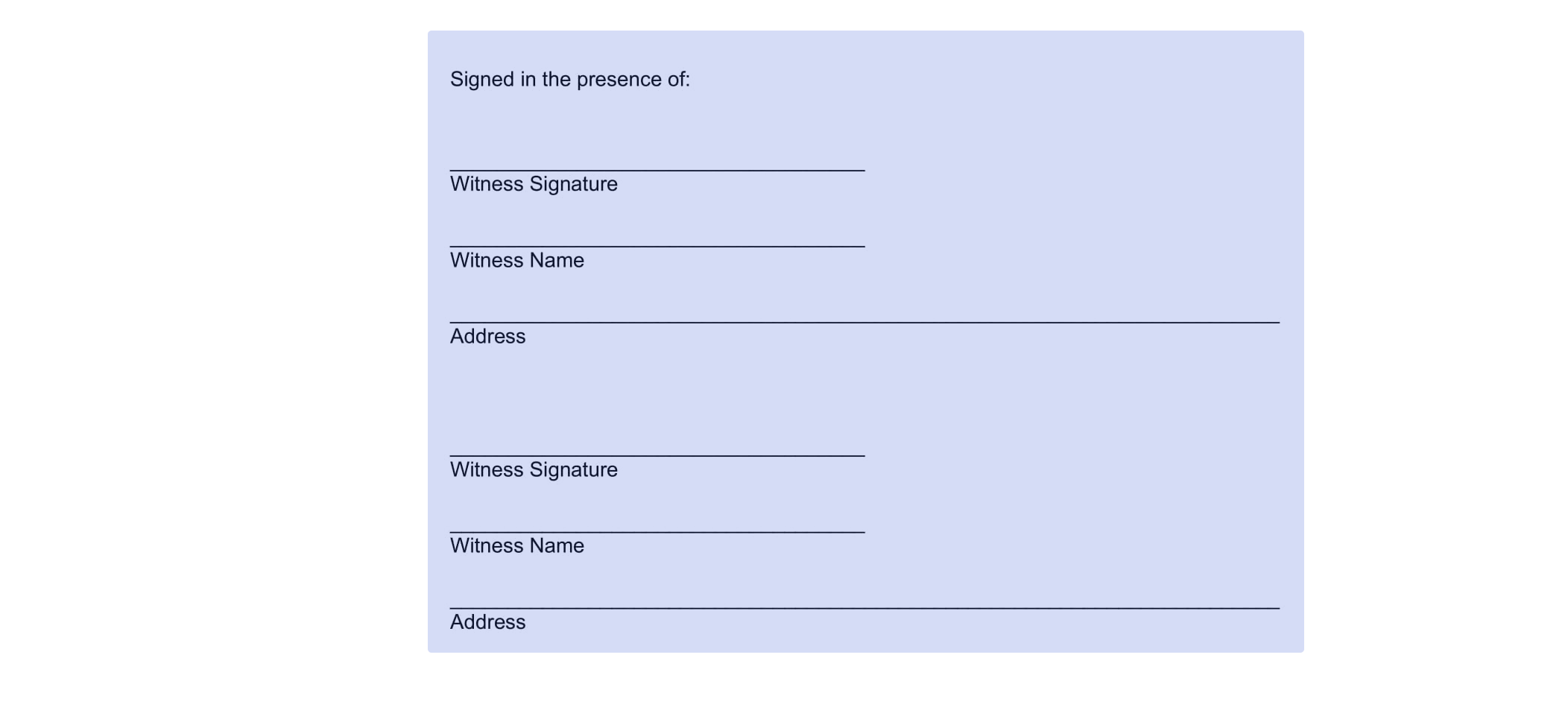
A notary will complete this section with their signature. It is optional to include the signature of a third person (witness or notary) who acknowledges both parties indeed signed the Release.
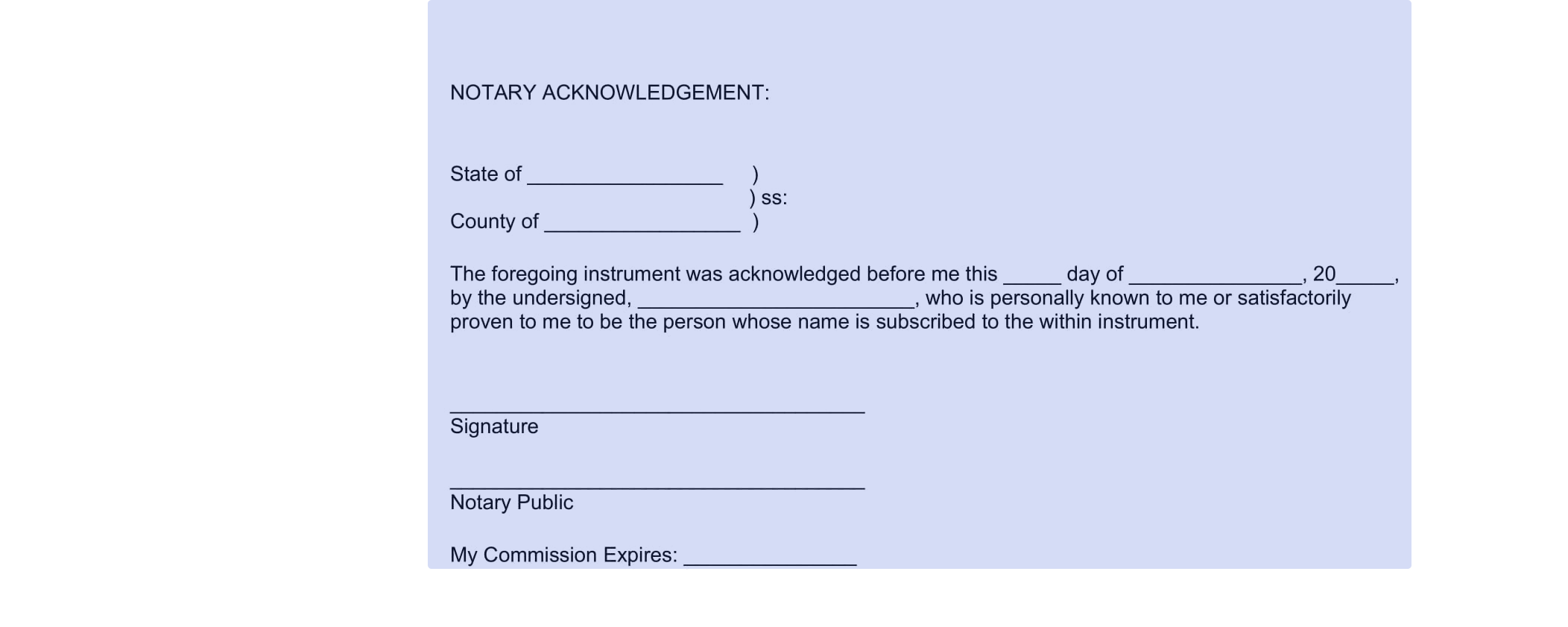
Download our liability waiver in PDF or Word format below. You can also find what this document typically looks like: